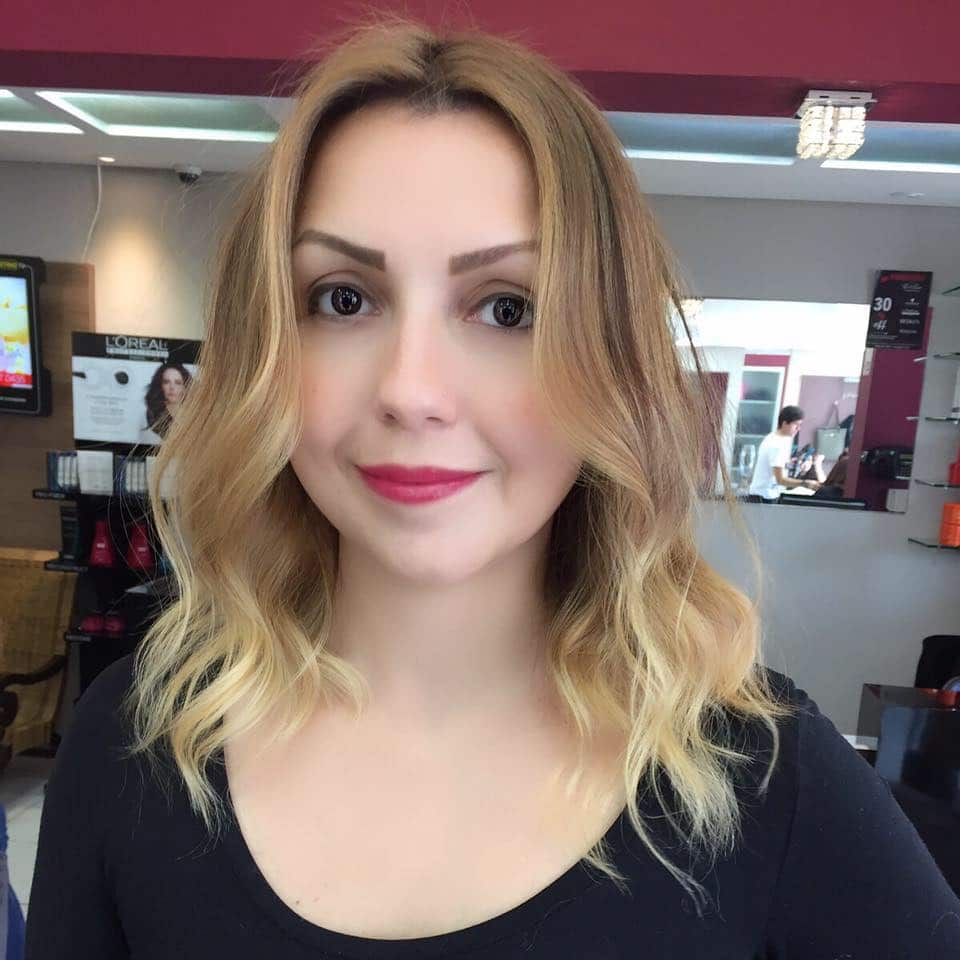Sing, sing a song – 8 ways of using songs in the ELT classroom
Late in February a BrELTer asked what she could do with songs in ELT lessons. My comment there was huge (sorry!) because I simply love using songs in language learning, both as a teacher and as a student. In fact, I have forgotten most of the French I’ve been taught except for the French in songs (and may I add, “Non, rien de rien, je ne regrette rien”).
There’s so much we can do with songs other than randomly choosing gaps for students to fill in. Here are a few ideas I’ve used along the years:
1. Pronunciation: Sometimes you don’t even need the whole song, but rather the chorus, to play as a model for whatever pronunciation feature your working on. For example, Carpenters’ “Sing” is perfect for practicing the “ng” sound (“Siiiing, siiiing a soooong, let the world sing aloooong”). Also, if you try to sing along to the chorus of Jim Diamond’s “I should’ve known better” or Bruno Mars’ “If I were your man”, you won’t be able to say “should HAVE”, as students often do, with a full-blown have. And by the way, after the endless repetition of the modal verb in those songs, one should hope students won’t be pronouncing the silent L in “should” or prolonging its short vowel. In any case, you can always remind them of the song when giving them feedback.
2. Rhythm and intonation: To sensitize A2-level adult students to the nature of the rhythm and intonation in English, I once asked them what was weird about the English in Paul Anka’s “Diana”. The song gives a similar weight to almost every word in the sentence, which is closer to what Brazilian learners do in English. Surprisingly, they could notice that difference, especially in the line “I love you and you love me”. Then we played “correct the native speaker”, that is, they had to listen to the line in stacatto and try and say it naturally. I felt that was a fun inversion of roles for them: elementary students don’t get many chances to teach a proficient speaker how to say things properly, do they?
3. Soundtrack to other activities: We can use songs with the theme of the lesson to play in the background, but we should be mindful of the fact that many students prefer some quiet time to concentrate. However, when you want to set a fast pace, certain songs can be particularly useful. For instance, after teaching elementary students how to tell the time, I would usually recycle it with a team competition. Each group lined up facing a wall full of digital and analog clock cut-outs. When I said the time, the first in line had to run to the wall and touch the corresponding clock. Of course the team could help by instructing them to go left or right, up or down. The soundtrack to that game? “Rock around the clock.” Now try not to move fast when listening to that tune!
4. Reading and writing/speaking: Who says songs are for listening only? The lyrics can be a reading text and even provide a prompt for writing or speaking. Case in point: REM and Natalie Merchant’s “Photograph”. You can ask students to look for vintage photos of people with their phones (or alternatively you can bring a few print-outs) and pair up to discuss things like “When and where do you think this photo was taken?/ What do you like about it?/ How do you think this person used to live? / What is the person thinking?” Then you can hand out the lyrics to the song, and they can read as they listen to the song, focusing on identifying the photograph they are describing from a line-up (make sure only one of the photos is black and white with a little girl smiling to the camera in the 1920’s or 30’s). You may wish to do a further comprehension task after that, before you draw attention to how the photo is described in the lyrics and perhaps even teach them/recycle more language used to describe photos. Finally they can pick their favorite photo from the ones the teacher brought and describe it either orally or in writing, so the rest of the class can figure out which of the pictures they’re describing.
N.B.: That song can also be used for practicing questions. Instead of having them describe the photo, you can ask to come up with questions about it and check with the questions asked in the song.
5. Controversial topics: Certain songs lend themselves to fostering a discussion of taboo topics, but of course we need to bear in mind that not all groups will be open to all topics:
a) Madonna’s “Papa Don’t Preach” – teen pregnancy
b) Suzanne Vegga’s “Luka” – domestic violence
c) Phil Collins’ “Another Day in Paradise” – beggars
d) Simple Plan’s “Welcome to My Life” – the difficulties of being a teenager
e) Morrissey’s “America’s not the World” – anti-Americanism
f) Meghan Trainor’s “All About that Bass” – beauty standards
6. Storytelling: Songs that tell stories can be used as listening passages with tasks that help them understand the different events and the subtle way parts of the story are phrased. Afterwards, they can serve as inspiration for your students to tell their own stories or other stories they’ve heard of, read in books, or seen in movies.
For instance, Jamie Lawson’s “Wasn’t Expecting That” goes over the life of a couple from the perspective of the widower (interestingly, the song tells the story chronologically, but the video clip shows it in reverse order): how many students realize she dies of cancer? What are the linguistic clues in the lyrics that substantiate that interpretation?
Another example is Dawn & Tony Orlando’s “Tie a Yellow Ribbon Round the Ole Oak Tree”, the story of an ex-convict returning home and wondering whether his sweetheart still loves him: how can we tell he’s an ex-con? How will he know if she still wants to be with him? And what does she do? (Oh, and the story behind the success of this song is also interesting!)
7. Motivation: Language learning can be hard at times, so when I feel an adult group needs a boost, I sometimes use a motivational song like Katy Perry’s “Firework” (much about risk-taking and confidence) or Gloria Estefan’s “Reach” (goal-setting and following through with plans).
8. Teaching language: I know, a few items above already involve language, but I’ll go ahead and create a separate number just for that. Songs can make for authentic input too and if they happen to have a prominent language topic, all the better:
a) Suzanne Vega’s “Tom’s Diner” – present continuous or prepositions of place
b) Celine Dion’s “Because you loved me” – Simple Past of irregular verbs
c) Alanis Morissette’s “Everything” – superlative
d) Frank Sinatra’s “My Way” – present perfect for life experiences
e) Rembrandts’ “I’ll be there for you” (better known as Friends’ theme song) – reported speech and many cool expressions
f) Whitney Houston’s “I will always love you” – different uses of “will” and the pronunciation of the final L
g) Doris Day’s “Que Sera Sera” – will for predictions
h) Freddie Mercury & Montserrat Caballé’s “How Can I Go On” – question formation
i) Conditionals – way too many songs, so here’s a game to recycle conditionals with many of such songs
j) Bryan Adams’ “The Only Thing that Looks Good on Me” – B2 fashion & clothes vocabulary => Hello, English File users!
k) Colbie Caillat’s “Bubbly” – parts of the body
l) Carpenters’ “Close to You” – describing people
m) Paula Abdul’s “Opposites Attract” or Katy Perry’s “Hot and Cold” – opposites
n) Katy Perry’s “Roar” or Ne-Yo’s “So Sick” – phrasal verbs and idioms
o) Jimmy Cliff’s “I can see clearly now” – weather
p) Hoobastank’s “The Reason” – apologizing
q) Peggy Lee’s “I’m a Woman” – house chores vocabulary => Be careful, though, because it’s a sexist song. In any case, you can discuss the role of women in society, contrasting the time the song was written in with nowadays.
r) Nickelback’s “Photograph” – phrasal verbs or past => In fact, talking about childhood/teenage memories can be a very fruitful topic and you can even weave in some “used to practice”, although “used to” is not in the lyrics.
Like the Nescau commercial would go decades ago, there are thousands of ways of using songs in the classroom. Come up with yours! 






